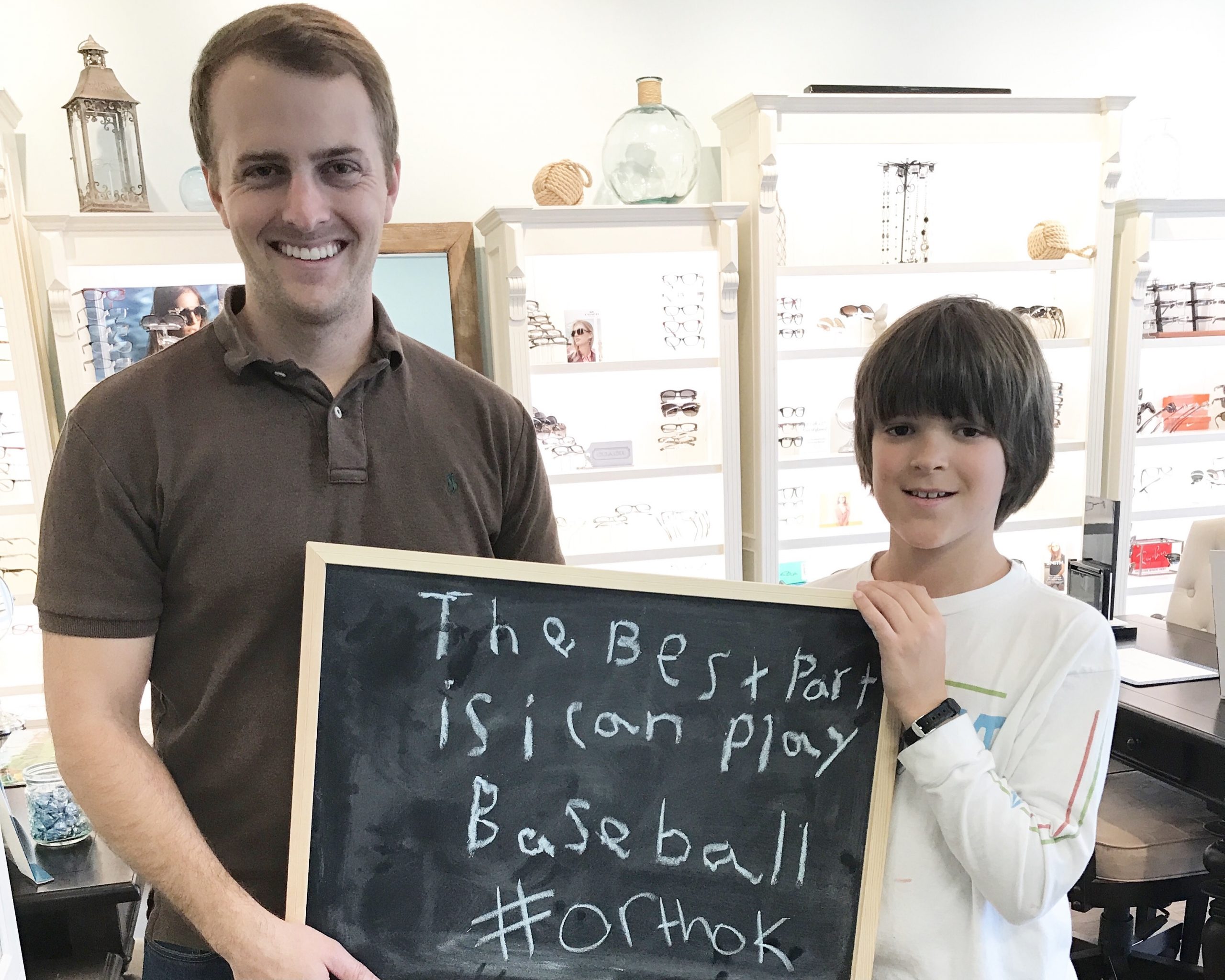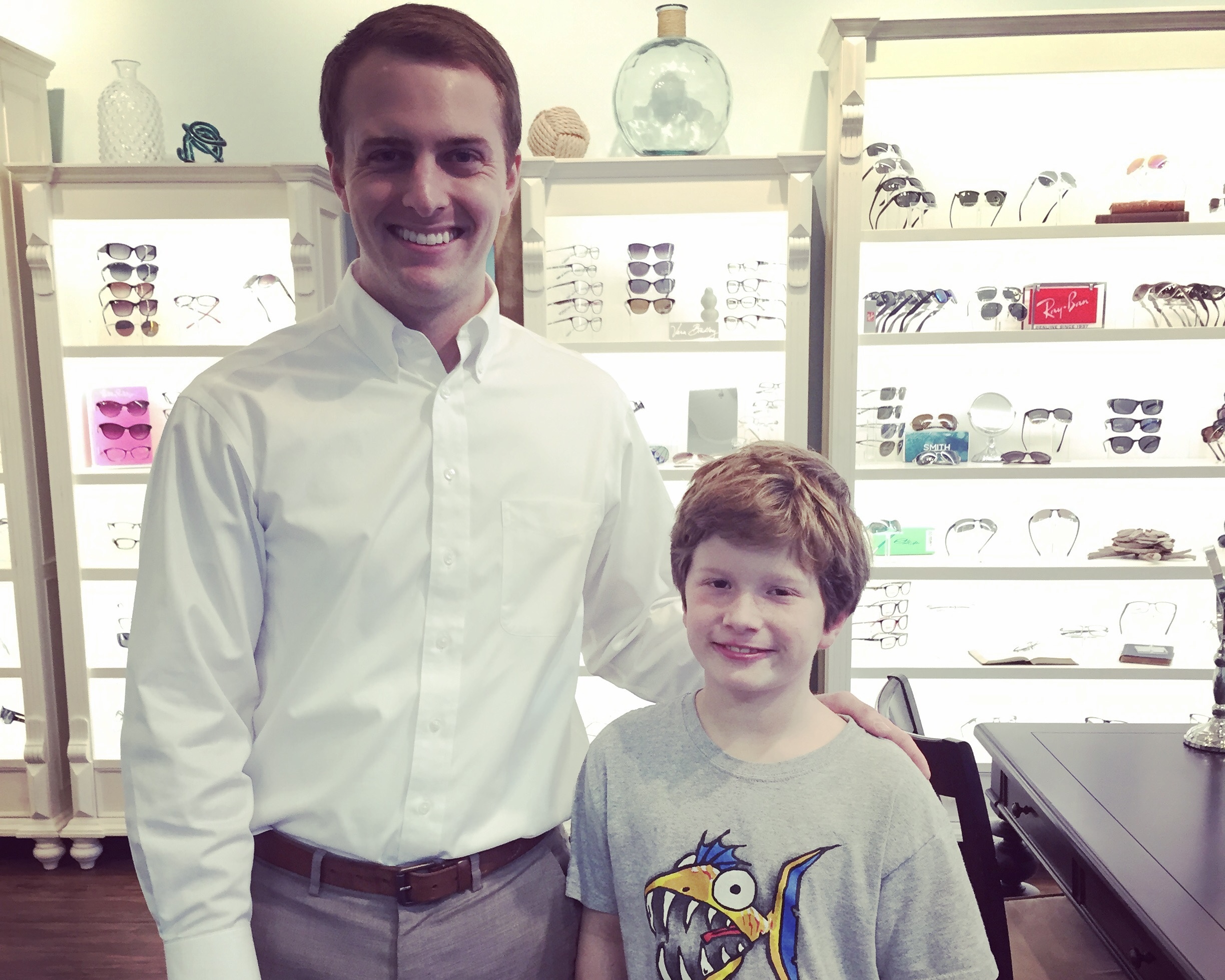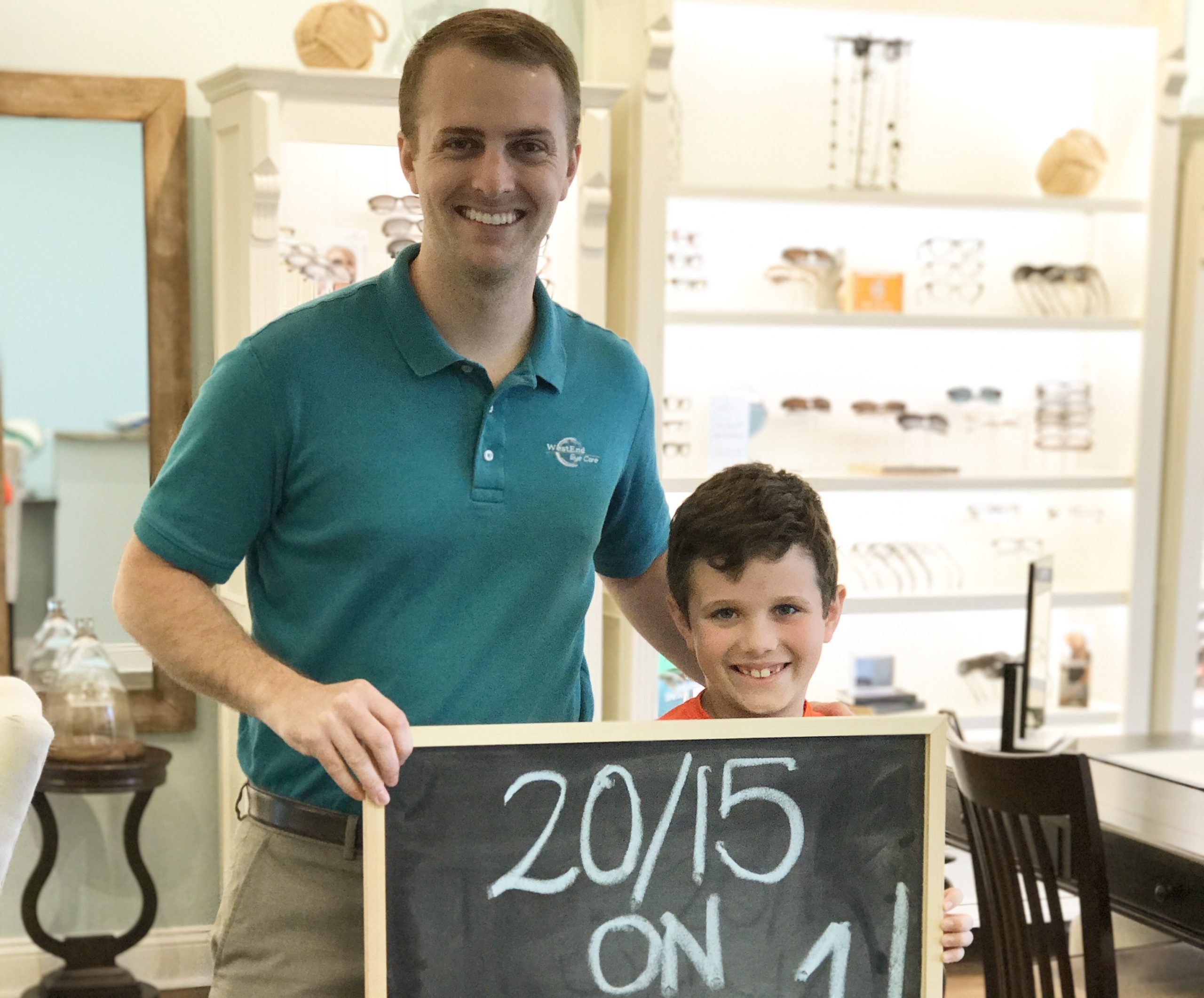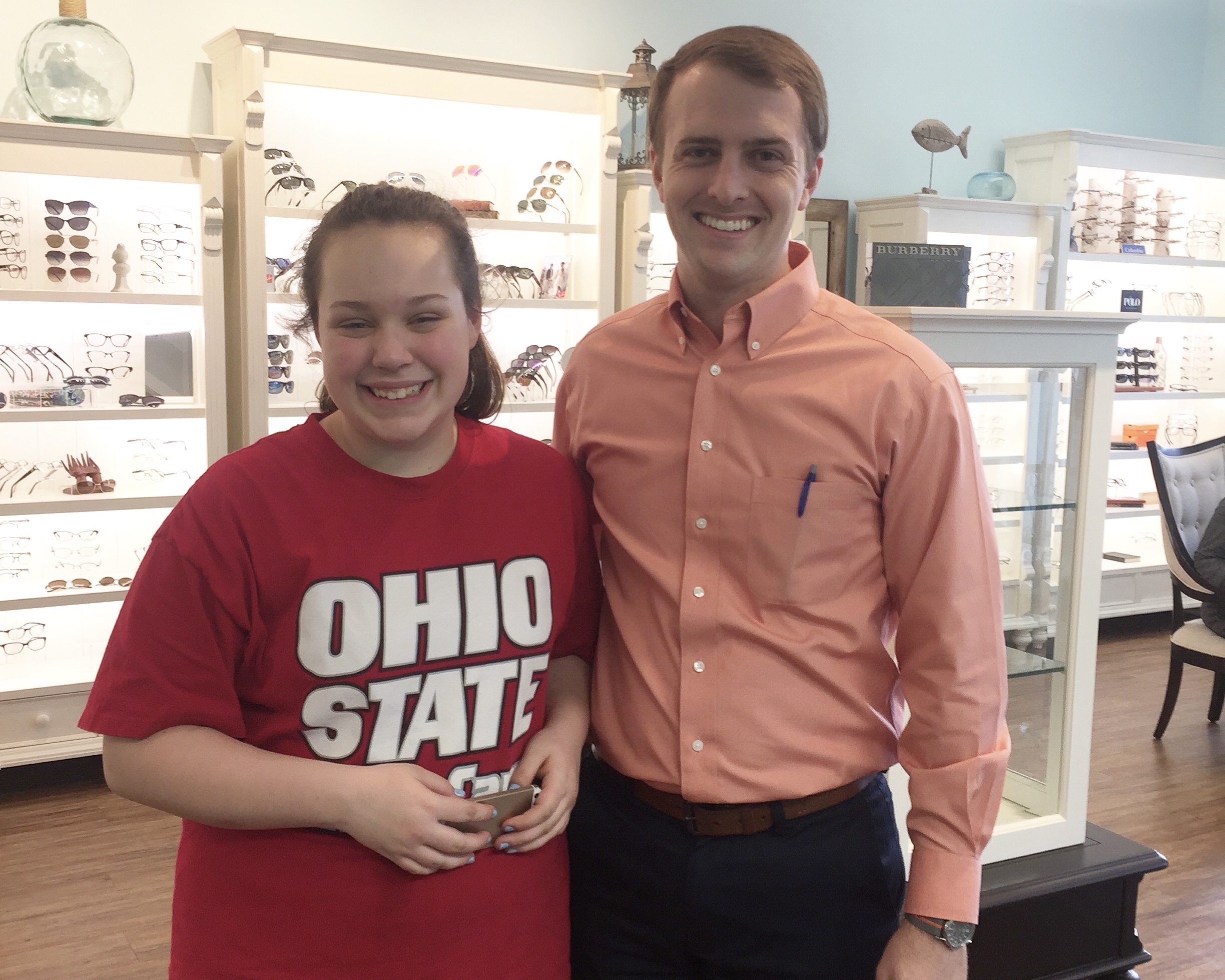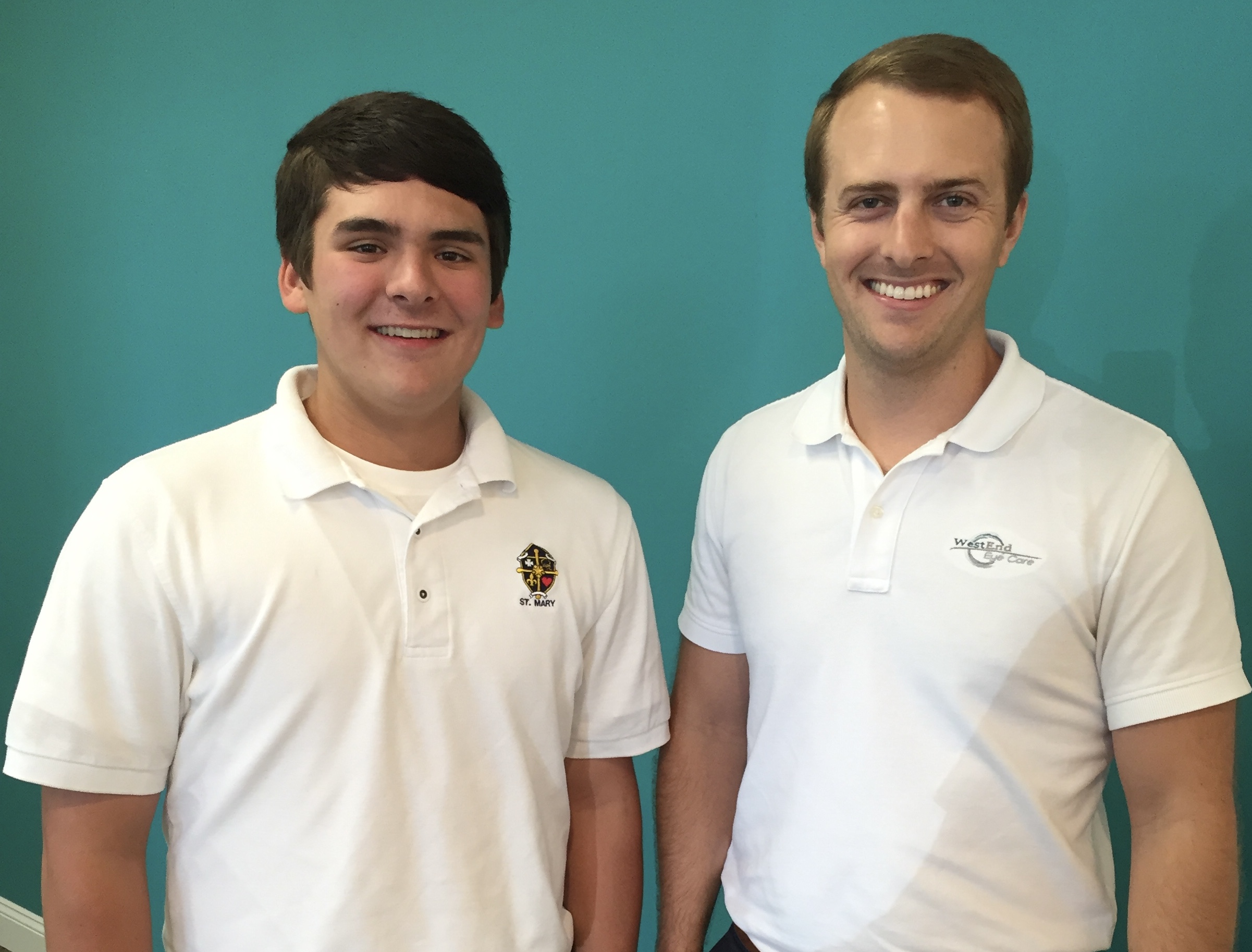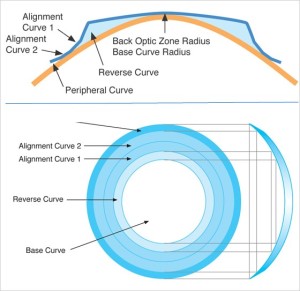Myopia: An Epidemic
%
Of Americans Have Myopia

%
Of Americans Will Have Myopia by 2050
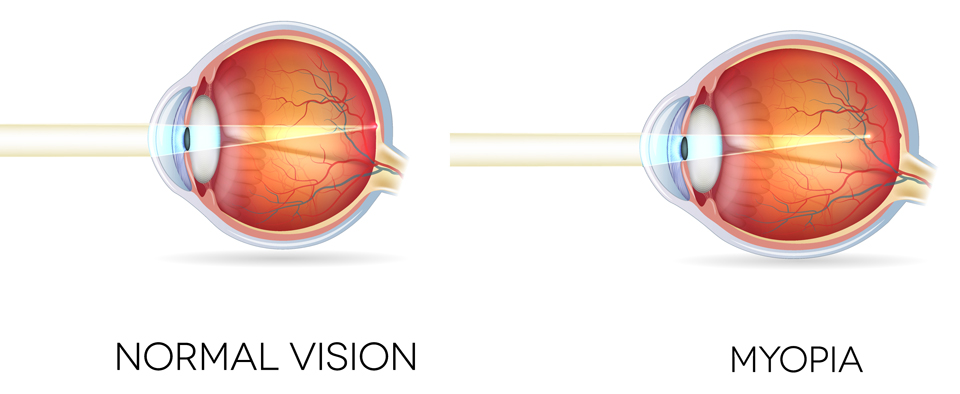 Myopia, or nearsightedness, is caused by an elongated eye, causing light to be out of focus when it enters the eye. The eye typically elongates as children grow, causing nearsightedness to worsen each year. It results in blurry distance vision.
Myopia, or nearsightedness, is caused by an elongated eye, causing light to be out of focus when it enters the eye. The eye typically elongates as children grow, causing nearsightedness to worsen each year. It results in blurry distance vision.
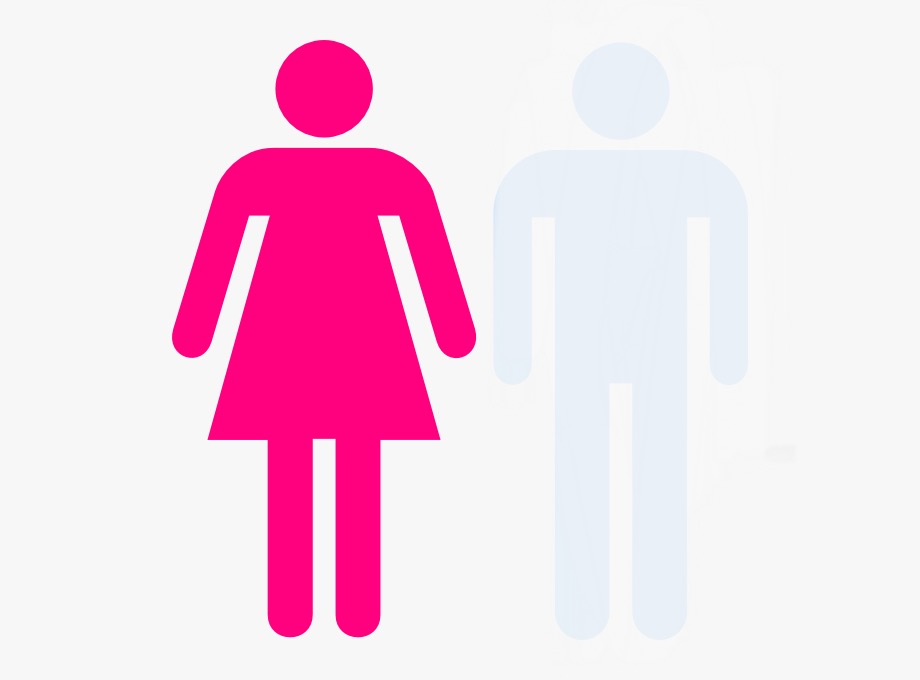
3X Increased Risk
Of Developing Myopia with one Myopic Parent
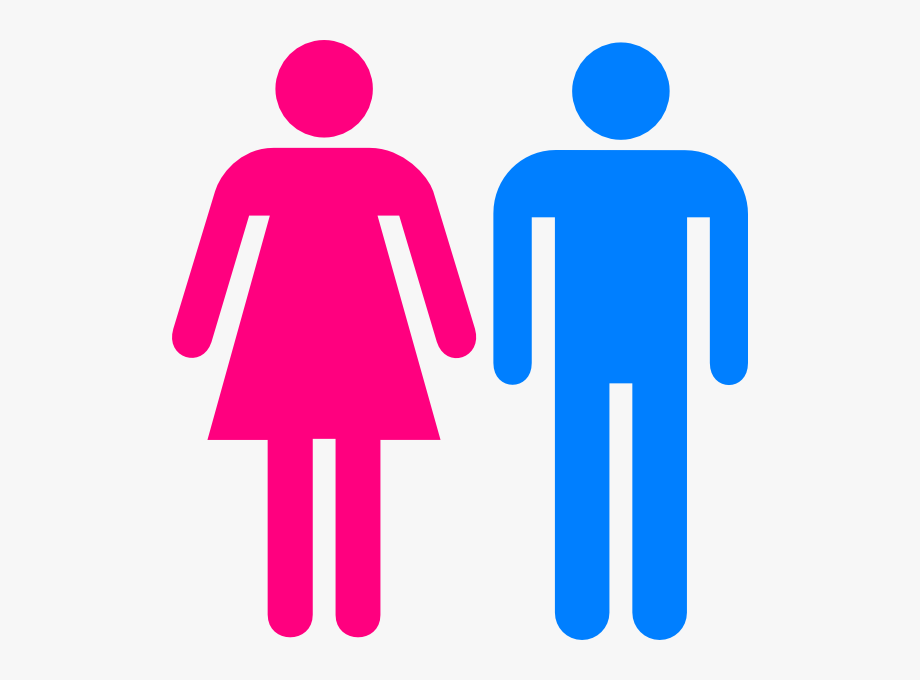
5-6X Increased Risk
Of Developing Myopia with two Myopic Parents
2.6X INCREASED RISK
with 3 hours of screen time and less than 90 minutes of outdoor time dailyWith an Rx greater than -6.00D, risk of blinding eye diseases increases:
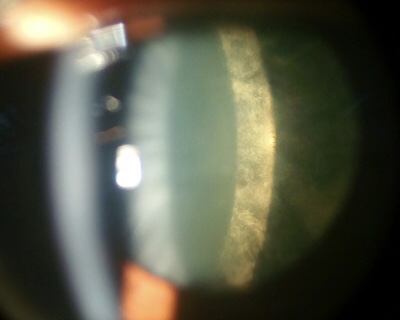
PSC Cataract
5x increased risk

Glaucoma
3x increased risk

Retinal Detachment
21x increased risk

Myopic Maculopathy
41x increased risk
How Nearsighted Will I Get?
Use the calculator below to estimate progression with and without intervention
Types of Myopia Control
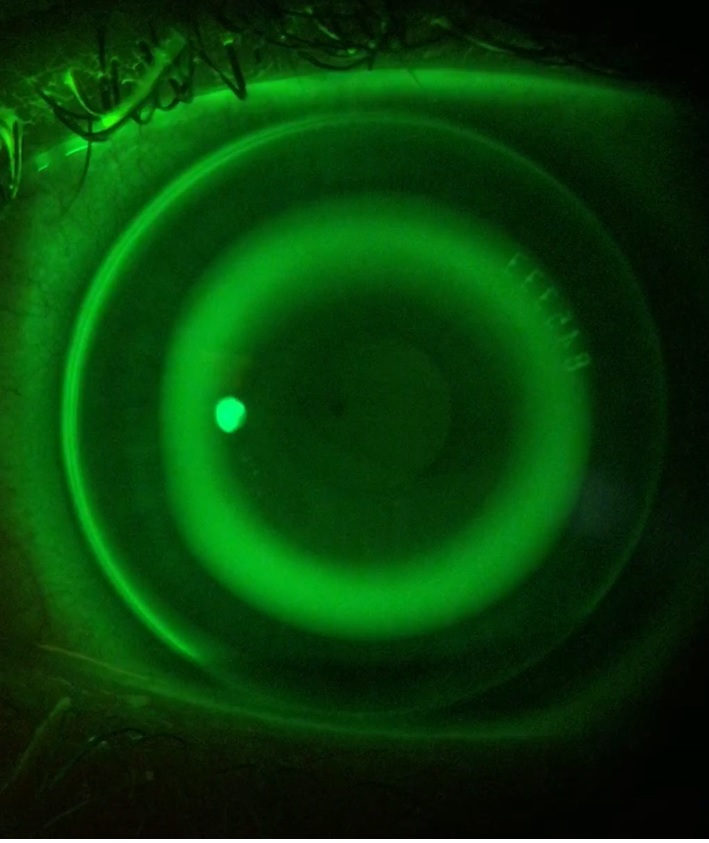
Orthokeratology (Ortho-K)
Ortho-K are custom contact lenses that are worn only at night. They gently and temporarily reshape the front surface of the eye. When they are removed in the morning, patients can see clearly with no correction. Studies show that Ortho-K lenses significantly slow Myopia progression in children and teens.

Soft Multifocal Contact Lenses
Soft multifocal contact lenses are identical in feel and wear to normal soft contact lenses. They are worn during the daytime and removed at night. The difference is the varying power of the lens from center to periphery. These varying powers allow light to focus appropriately on all areas of the retina, greatly slowing the progression of myopia.

Atropine Drops
Atropine is medication used in some dilating drops. When diluted to lower doses, like .01% or .05%, it has been shown to significantly slow the rate of myopia progression. Although Atropine is a dilating agent, when used in low doses the dilating effects are minimal and any side effects noticed by the patient are easily managed.
Learn more about Orthokeratology (Ortho-K) Below
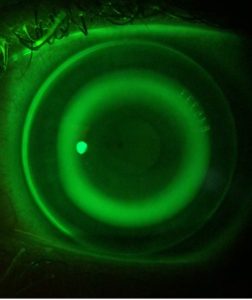
An Ortho-K Retainer on the eye with fluorescein dye
Orthokeratology (Ortho-K) uses a corneal retainer mold (similar in appearance to a contact lens) that is custom-designed for your eye by Dr. Montgomery to gently and temporarily reshape the front surface of your eye, called the cornea. The retainers are worn while you sleep and removed in the morning. By making these microscopic changes to the shape of the cornea, light entering the eye will be in focus on the retina and you will see clearly without the need for glasses or contacts!
So How Does it Work?
First, a machine called a corneal topographer is used to measure over 10,000 data points on the surface of your eye. With this information, Dr. Montgomery designs a custom reverse geometry lens for your eye.
These retainer lenses put light pressure on some parts of your cornea causing the fluids within the cornea to redistribute, which changes its overall shape. The cornea, being very elastic, easily changes shape when this lens is placed on the eye. There are three important things to note about Ortho-K:
- It’s not permanent: The moment you take your lens out, your cornea will slowly start returning to its original shape. It doesn’t matter if you’ve been doing Ortho-K for 10 weeks or 10 years, all corneas will always return to their original shape.
- No Irritation: Although the retainer puts pressure on the central part of your cornea, it never actually touches the central cornea, so a well-fitted lens will never injure the cornea.
- Microscopic Changes: The change in the thickness of your central cornea is between 20-30 microns. That’s less than the thickness of a single sheet of paper! Very small changes to the shape of the cornea result in large changes in vision correction!
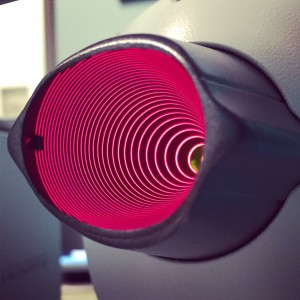
A corneal topographer is used to map over 10,000 points on your cornea. An Ortho-K retainer is then designed based on this data.
Ortho-K is FDA approved to treat up to -6.00 Diopters of myopia in children and adults. Children as young as age 6 may be candidates for Ortho-K. It’s also a great alternative to LASIK, as it is cheaper, non-permanent, and involves no cutting on the eye! There are many reasons for someone to choose Ortho-K for their vision correction:
- Children with progressive myopia
- Those with myopia up to -6.00 Diopters
- Competitive athletes
- Dryness with traditional soft contacts
- Children who are not candidates for LASIK
- LASIK alternative for adults
What is Orthokeratology (Ortho-K)?
Orthokeratology, sometimes called Ortho-K or Corneal Refractive Therapy (CRT) uses a custom-designed corneal retainer mold to gently reshape the front surface of the eye, called the cornea, while you sleep. In the morning, the retainer mold is removed and you can enjoy clear, crisp vision all day without the need for glasses or contact lenses!
What is a Corneal Retainer Mold?
The Corneal Retainer Mold looks similar to a contact lens, although it is smaller than standard soft contact lens. It is a rigid, oxygen-permeable lens that is completely custom-designed by Dr. Montgomery to fit your eye and provide the correct amount of treatment.
Are the Corneal Retainer Molds easy to insert? Are they comfortable?
The retainers are very easy to insert and remove with a little practice. It is very similar to inserting a contact lens. You will receive complete training on how to handle these retainers in our office. Since the retainers are worn while sleeping, there is no discomfort when the eye is closed. When the retainer is worn while awake, you may be more aware of it than a soft contact lens, but should not experience any pain.
How does Ortho-K work?
Ortho-K retainers are custom-designed to apply gentle pressure on certain parts of the cornea, causing it to change its shape by redistributing water within the cornea. Although it sounds dramatic, the change in central corneal thickness with Ortho-K is around 20-30 microns—that’s less than the thickness of a single sheet of paper! By changing the shape of the cornea, light is appropriately focused on the retina for clear vision without the need for glasses.
How long does the reshaping effect last?
This largely depends on your initial prescription. Virtually all Ortho-K wearers are able to go at least a full day before their cornea begins to return to its original shape. Many patients actually experience 20/20 vision for 2-3 days after removing the lens and only wear their retainers every other night.
What happens if I stop wearing the retainers?
If you stop wearing the retainers, your cornea will return to its original shape, as will your vision, within a period of several days, even if you have been wearing retainers for years. Ortho-K is NOT permanent—that’s what’s so great about it!
Is Ortho-K safe?
YES!
Ortho-K is a safe and reversible procedure. It was FDA approved in 2002, although corneal reshaping has been practiced since the 1980’s. As with wearing standard contact lenses, there is a small risk of eye irritation or infection, which can be treated with eye drops. Virtually all complications arising from Ortho-K can be minimized by adopting a meticulous hygiene and cleaning regimen for your retainers. There is no evidence of side effects from long-term Ortho-K wear. Many patients have been wearing Ortho-K for decades with no physiological changes to their corneas.
How does Ortho-K differ from LASIK?
LASIK (Laser-assisted in situ keratomileusis) is a refractive surgery with the same goal as Ortho-K: to get you seeing 20/20 without glasses or contacts. While Ortho-K gently and temporarily reshapes your cornea, LASIK uses a laser to permanently remove corneal tissue to reshape your cornea. LASIK is not reversible, but often provides excellent vision to many patients. Although LASIK is an excellent option for many older patients, it is not an option for most people under the age of 20.
Who is a candidate for Ortho-K?
Many factors go into determining if you are a good candidate for Ortho-K. Ortho-K works best on patients who have less than 6.00 Diopters of myopia (also called nearsightedness) and less than 1.50 Diopters of astigmatism. Other factors, including the shape of your cornea and eye health are also considered by Dr. Montgomery.
What is Myopia?
Myopia is the medical term for an eye that focuses light in front of the retina rather than directly on the retina. Essentially, the eye’s power is too strong. We have to use Ortho-K, glasses, or contacts to reduce the effective power of the eye, bringing the image into clear focus on the retina.
I have Myopia (near-sightedness) and my prescription gets higher every year! Can Ortho-K help?
YES! Ortho-K has been proven effective in many studies to slow the progression of myopia significantly. Some patients even have their myopia stop progressing entirely. Higher amounts of myopia are a problem because high myopia is associated with increased risk of retinal tears and detachments as well as other eye health concerns, not to mention, glasses and contact lenses become thicker and more difficult to wear.
Can children wear Ortho-K retainers?
Absolutely! In fact, many of our Ortho-K patients are children. Because of its ability to slow or stop myopia progression, children who are becoming nearsighted are especially good candidates for Ortho-K.
I’ve never heard of Ortho-K. Do most doctors offer Ortho-K?
While most optometrists are trained in contact lens fitting, few go on to obtain the necessary level of additional training needed to design and manage Orthokeratology programs. Additionally, specialized equipment like a corneal topographer and proficiency in Ortho-K designing software are needed to accurately manage Orthokeratology patients. Many optometrists simply do not have the time or resources to offer Ortho-K. At West End Eye Care, Dr. Montgomery has chosen to devote more time to each patient so that he can offer a comprehensive Orthokeratology program.
How long does it take to reshape my cornea?
In most cases, the target shape of Ortho-K is reached in 7-10 days. Larger prescriptions take longer to reach the maximum effect, while smaller prescriptions may be fully corrected after just one night of wear.
If it takes a week to reach the full effect, how will I see in the meantime?
If it is anticipated that full correction will take a week or longer, Dr. Montgomery will prescribe you low-powered soft contact lenses to wear during the day for the first week. This will only be a temporary solution until the cornea has reached its intended shape.
Can I see while wearing my Ortho-K retainers?
Yes. No matter what time of day, you will always have perfect vision with your retainer. This will allow you to see if you wake up during the night.
How often do I need to replace my retainer molds?
Retainers are replaced every 12 months.
What is the cost for Ortho-K?
For new Ortho-K patients, we charge a global fee that includes all prescribed Ortho-K visits during the first year as well as retainer molds and insertion and removal training. The total cost varies, depending on many factors, and can be discussed at the consultation.
Does my insurance cover Ortho-K?
Neither vision nor medical insurance covers Ortho-K.
Ortho-K info:
American Academy of Orthokeratology and Myopia Control (AAOMC)
Ortho-K Videos
Insertion and Removal Help:
Ortho-K Insertion and Removal Video
Scholarly Articles on Ortho-K and Myopia Control:
The Children’s Overnight Orthokeratology Investigation (COOKI) pilot study
Retardation of myopia in Orthokera- tology (ROMIO) study: a 2-year randomized clinical trial
Corneal reshaping and myopia progression
Myopia and associated pathological complications
Myopia control: the time is now
The risk of microbial keratitis with overnight corneal reshaping lenses
Long-term clinical outcomes for overnight corneal reshaping in children and adults
I just wear my Ortho-K lenses when I sleep. When I take them out, my vision is perfect!
It’s so nice that I don’t have to put my contacts in every morning to be able to see clearly!
I think my depth perception is even better with Ortho-K than with my glasses. I love them!
I love that I don’t have to wear my dry scratchy contacts all day to be able to see!
Dr. Montgomery Featured on the News Discussing Myopia
